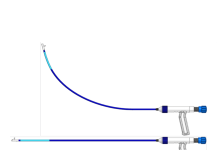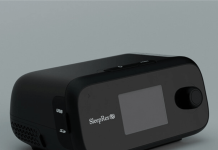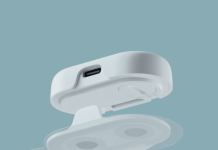Zeta Surgical this week announced it received FDA 510(k) clearance for its Zeta TMS Navigation System.
The Zeta system is a device that provides real-time, image-guided positioning for transcranial magnetic stimulation (TMS) procedures. It is cleared as a Class II stereotaxic instrument, enabling use for accurate coil placement to planned brain targets during TMS treatment.
Zeta’s TMS system combines 3D imaging and motion-aware tracking to maintain alignment even when patients move, helping clinicians improve precision and consistency in TMS therapy.
Related: Abbott gets FDA breakthrough nod for dual-energy ablation catheter
TMS is a noninvasive neuromodulation technique that is widely used to treat treatment-resistant major depressive disorder (TR-MDD) and for functional brain mapping. The company said the FDA decision supports the use of the system in clinical environments across a range of TMS procedures.
“This clearance classifies the system under product codes QFF and SGE—and, to our knowledge, marks the first TMS navigation device cleared under SGE,” said Hieu Le Mau, chief operating officer at Zeta Surgical. “It provides a clear regulatory pathway for broader adoption.”
Zeta Surgical recently collaborated with researchers at the University of Cambridge and Harvard Medical School to validate the system, reporting sub-millimeter translational and sub-degree angular precision in bench, phantom and cadaver testing.
“We expect this clearance to help clinics deliver more consistent targeting in TMS, which has been shown in research to significantly improve treatment efficacy,” said CEO and Cofounder Jose Maria Amich. “Our aim is to make stereotactic-grade, high‑accuracy image guidance practical in everyday neuromodulation workflows.”






